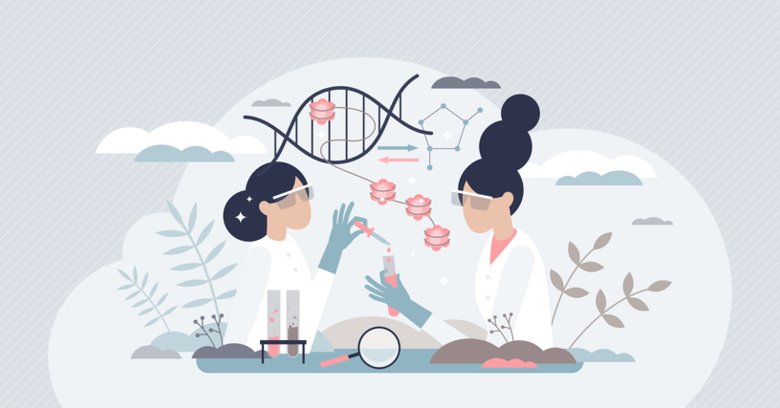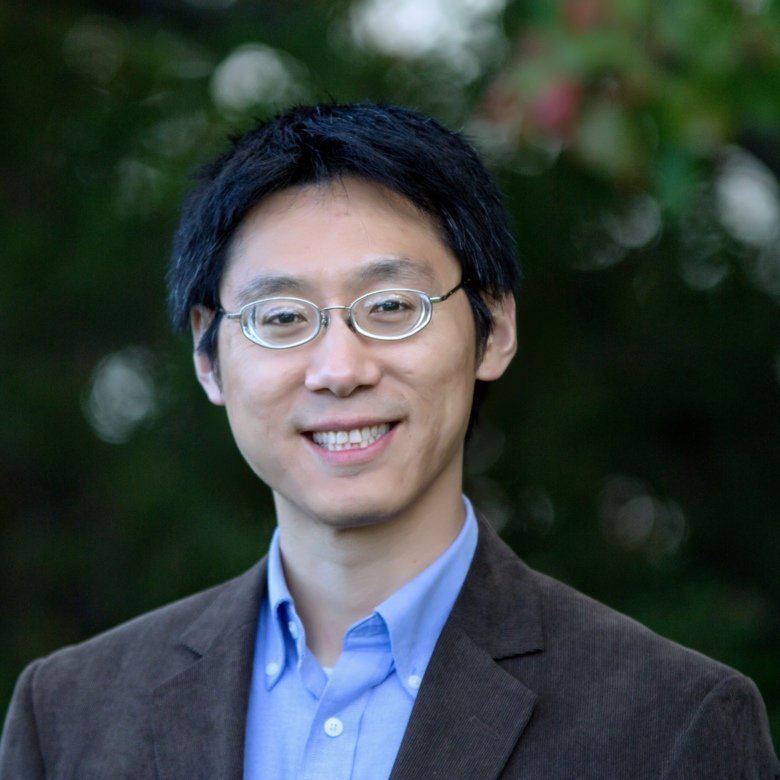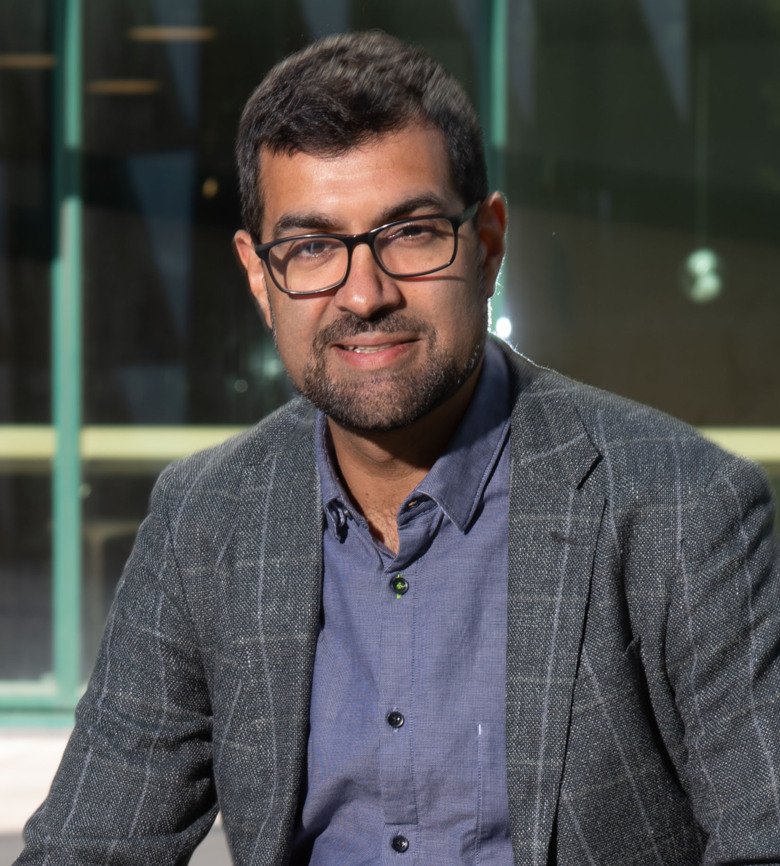New technique allows mapping of mechanisms of tissue development

In a new study published in Science, researchers at Yale University, in collaboration with researchers at Karolinska Institutet, have developed a technique that gives very precise information about the location of activated and inactivated genes in a specific tissue. This can provide important knowledge about how different tissues develop and how epigenetic regulation contributes to the development of disease.
Each cell in our body, regardless of function, contains the same genome (DNA) but the difference lies in which genes have been activated. This is regulated by epigenetics. During embryonic development, different epigenetic modifications switch certain genes on and other ones off, allowing for the formation of different organs.
While current technologies allow scientists to examine epigenetic modifications in individual cells, it has not been possible to analyse them directly in a tissue with cellular resolution. This is a critical obstacle since there’s a strong connection between how cells are organised in tissue and how they function.
Adds a whole new dimension
Now, researchers have developed a new technology, spatial-CUT&Tag, that solves this problem and provides very precise information about which genes in a tissue section are switched on and off and where they are located. For their study, the researchers focused on one of the most significant epigenetic changes, known as histone modifications.

“This is the first time we can look at which histone modifications control genome-wide gene expression directly in the tissue, and how they do it – it adds a whole new dimension to this emerging field of spatial biology,” says Rong Fan, professor at Yale University and Yale School of Medicine, USA, who led the study.
The researchers studied the brains of mice and looked specifically at modifications to chromatin, the material that enwraps the DNA of our cells and controls access to it. Identifiers – like GPS coordinates – were placed across the tissue section, allowing the researchers to locate in the tissue where an epigenetic modification was present genome wide.
A broad range of applications

“Before, you could check cell by cell, but then you would lose all the information of where the cells were and how they might have been interacting with each other,” says co-author Gonçalo Castelo-Branco, professor at the Department of Medical Biochemistry and Biophysics, Karolinska Institutet. “With this technology, we have now also the spatial location. Moreover, you can determine in that location all this epigenomic information, which is one of the really amazing aspects of the technology.”
The researchers emphasise that the technology has a broad range of scientific and medical applications, and hope that it will be used to better understand the development of disease.
“Epigenetic drugs are something that’s emerging now, so potentially we can develop drugs to target those epigenetic mechanisms,” says Rong Fan. “Having the tools to understand the epigenetic origin of different disease states could open up a whole new avenue of therapeutics.”
The work in Gonçalo Castelo-Branco’s research group was supported by the Swedish Research Council, the European Union, the Swedish Cancer Society, the Knut and Alice Wallenberg Foundation, The Swedish Society for Medical Research, the Ming Wai Lau Center for Reparative Medicine and Karolinska Institutet.
Rong Fan and lead author Yanxiang Deng at Yale University are inventors of a patent application related to this work.
This news article is based on a press release from Yale University.
Publication
“Spatial-CUT&Tag: Spatially Resolved Chromatin Modification Profiling at Tissue Scale and Cellular Level”. Yanxiang Deng, Marek Bartosovic, Petra Kukanja, Di Zhang, Yang Liu, Graham Su, Archibald Enninful, Zhiliang Bai, Gonçalo Castelo-Branco, Rong Fan. Science, online 10 February 2022, doi: 10.1126/science.abg7216.
